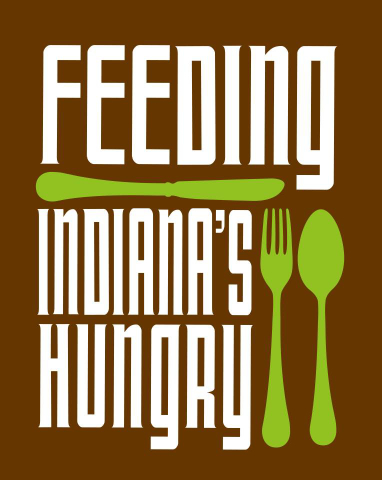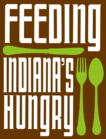Data Also Show Widespread Struggle in Every Congressional District, Underscoring Need to Protect Nutrition Safety Net
INDIANAPOLIS, IN – August 12, 2011 – More than 26 percent of households with children in Indiana reported in 2009-2010 not having enough money to buy food that they needed at times for themselves or their family during the prior twelve months, according to a new analysis of food hardship data released yesterday by the Food Research and Action Center (FRAC).
FRAC’s Food Hardship in America series analyzes data that were collected by Gallup and provided to FRAC. The data were gathered as part of the Gallup-Healthways Well-Being Index project, which has interviewed more than one million households since January 2008. FRAC has analyzed responses to the question: “Have there been times in the past twelve months when you did not have enough money to buy food that you or your family needed?” “Food hardship” is similar to the United States Department of Agriculture’s “food security” measurement, which utilizes Census Bureau and UDSA data from a series of questions to determine the availability of nutritionally adequate and safe foods or the ability to acquire acceptable foods in a socially acceptable way to a household. Food insecurity measurements provide a more nuanced view of the depth of food insecurity and come out almost a year after the research occurs. Both food hardship and food security give similar numbers for how many Americans are struggling to put food on the table.
The analysis released today examines food hardship rates – the inability to afford enough food – for households with and without children. Data are available for every state, every Congressional District and 100 of the country’s largest Metropolitan Statistical Areas (MSAs). Findings for childhood food hardship in Indiana include:
- In 2009-2010, 26.4 percent of households with children in Indiana said they were unable to afford enough food. The food hardship rate for households without children was 17.1 percent.
- Indiana ranked number 19 in the nation for food hardship in 2009-2010.
- Eight of Indiana’s nine congressional districts had more than one in five households with children reporting food hardship in 2008-2010.
- Similarly, Feeding America research based on the November 2010 USDA report for 2009 indicated that 16.2 percent of Hoosiers are food insecure.
“The food hardship rate for households without children is far too high, but we can see that the situation for households with children is far worse,” said Emily Weikert Bryant, Executive Director of Feeding Indiana’s Hungry. “These new data reaffirm what we’re seeing in our communities – that far too many people continue to struggle with hunger in these difficult economic times. These data demonstrate, as if any further evidence were needed, that this is not the time to make our safety net weaker. Congress must ensure that all deficit negotiations protect nutrition programs and other parts of the safety net that help the working poor, seniors, and children.”
When Congress returns to Washington after its August recess, it will enter the next phase of consideration under the recently passed debt ceiling deal: the Joint Select Committee on Deficit Reduction (also known as the “Super Committee”) will hold its first meeting and begin to develop plans to cut an additional $1.5 trillion in spending.
“These data merely underscore what every Member of Congress should know already — that his or her district has tens of thousands of households struggling with hunger or food insecurity,” said FRAC President Jim Weill. “Weakening any of these key safety net programs will make hunger and malnutrition more common and deeper. It will increase fiscal deficits, further weaken the economy, and increase human suffering in the district.”
In addition to federal nutrition safety net programs, the member food banks of Feeding Indiana’s Hungry solicit food donations from manufacturers and retailers, receive donations from local and national food drives, and purchase food with donated funds. This broad approach to hunger relief helps to ensure that Indiana’s long-term unemployed and underemployed, as well as the 40 percent of food insecure Hoosiers who live above the income threshold for federal food assistance, continue to receive much needed help.
The full analysis is available on FRAC’s website (www.frac.org).
Food Hardship Rates by Congressional District 2008-2010 | ||
House District | Households without children | Households with children |
1st | 18.6 | 26.2 |
2nd | 17.3 | 31.0 |
3rd | 16.0 | 26.1 |
4th | 13.1 | 24.0 |
5th | 12.0 | 16.1 |
6th | 19.5 | 27.3 |
7th | 23.1 | 36.9 |
8th | 18.6 | 25.5 |
9th | 16.4 | 24.9 |
About This Report
This report is the latest in the Food Research and Action Center ’s (FRAC) series of analyses of survey data on food hardship collected by Gallup
food.



